-

2025 Social Media Outlook
Joel Goodman
Joel Goodman and JS Stansel explore the evolving landscape of social media, discussing the potential inflection points brought about by recent upheavals in platform dynamics. They delve into the implications of decentralization, the role of algorithms in shaping user experiences, and the shift towards more peer-to-peer communication. The discussion also touches on the uncertainty facing
-
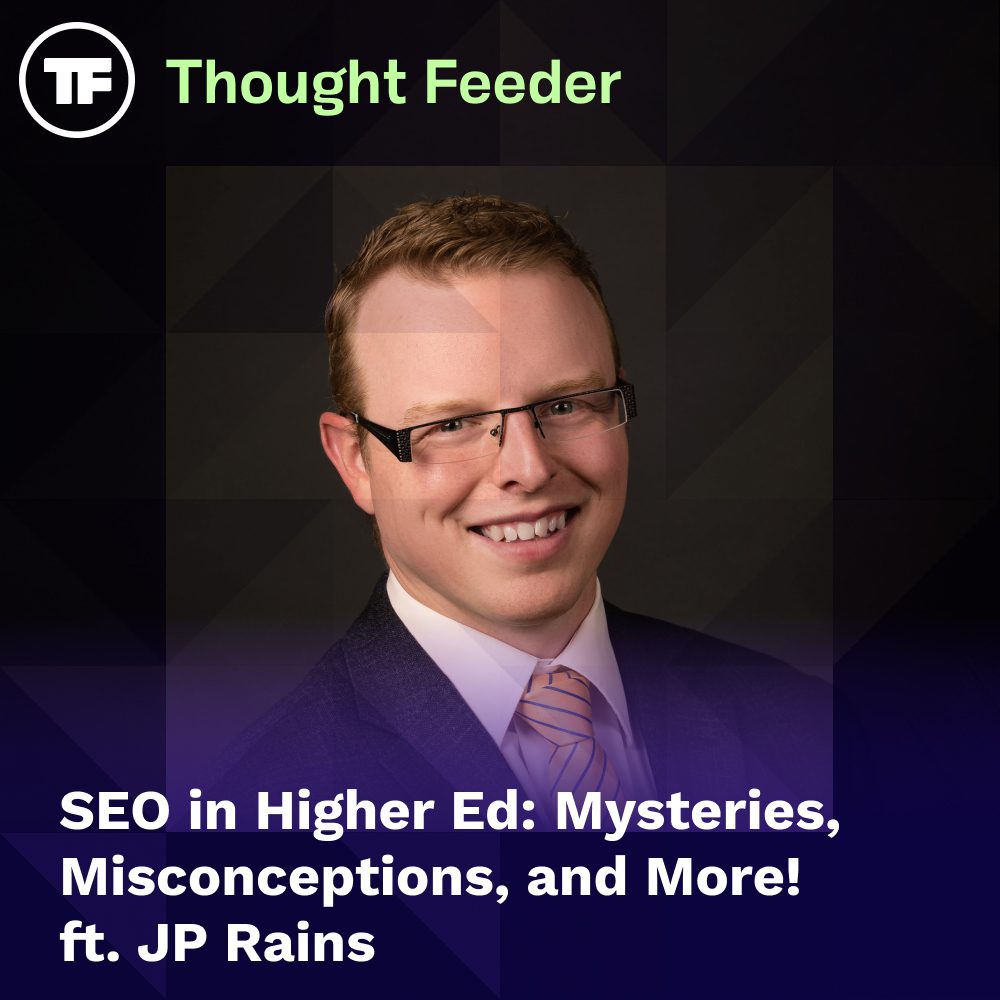
Episode 44: SEO in Higher Ed: Mysteries, Misconceptions, and More!
kevinknecht
It’s our first SEO episode! JP Rains, Director of Digital Strategy and Communications at Laurentian University, chats with J.S. and Joel about everything from how Google works, to making user-first content, and managing internal expectations.
-
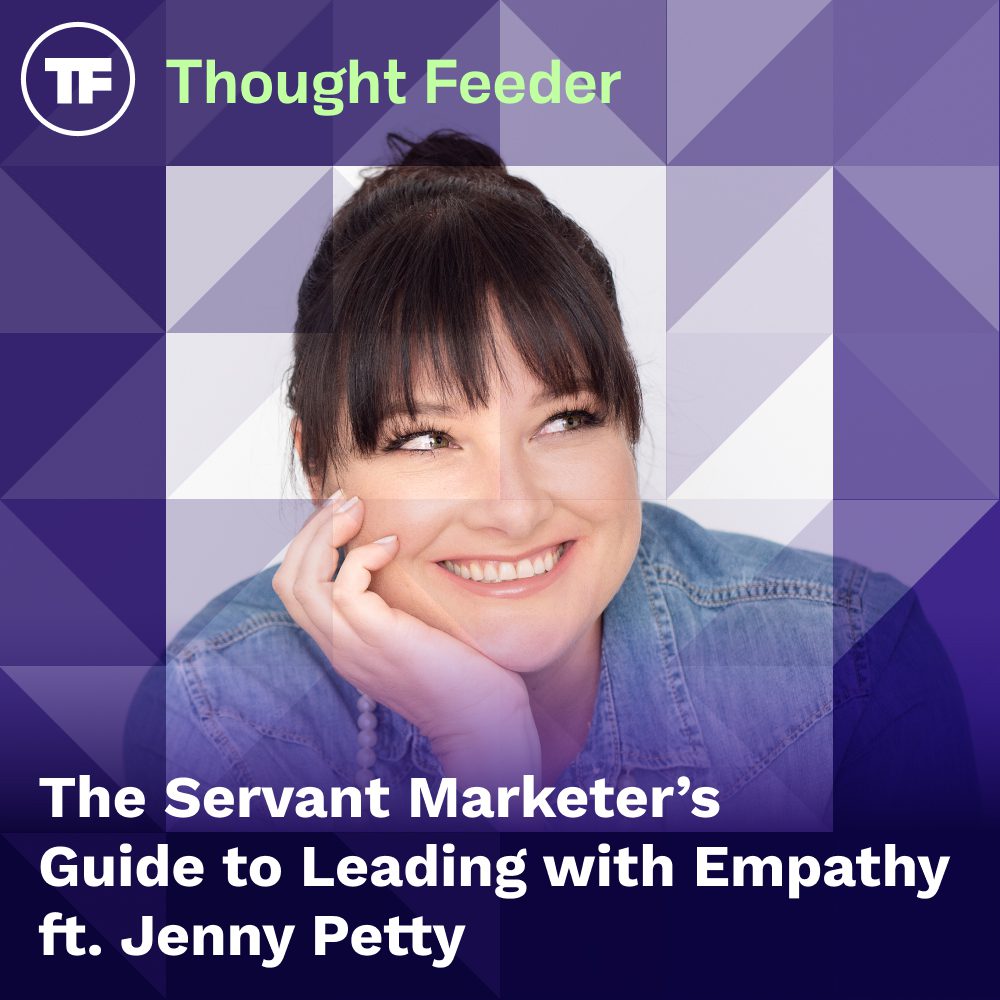
Episode 38: The Servant Marketer’s Guide to Leading with Empathy
Joel Goodman
Jenny Petty from the University of Montana joins the show in this special “Lost Episode” from June 2021. How exactly do we lead with empathy when there are so many challenges facing our institutions? Jenny has thoughts.
-

Episode 36: Software, stewardship, and the student experience
Eric Stoller discusses the higher ed tech landscape and provides helpful advice for colleges and universities evaluating digital tools.
-

Episode 29: Building Strong, Values-driven Communities
Joel Goodman
Danielle Maveal joins Thought Feeder to talk about her experiences building strong communities for brands and the importance of setting organization-wide values.
-

Episode 24: Doing Digital Education Right
Joel Goodman
This episode is sponsored by Podium Education. Christopher Parrish, President of University Partnerships at Podium Education talks with Jon-Stephen and Joel about digital education, the challenges facing higher ed, and why tech skills education is crucial to student career success.
-
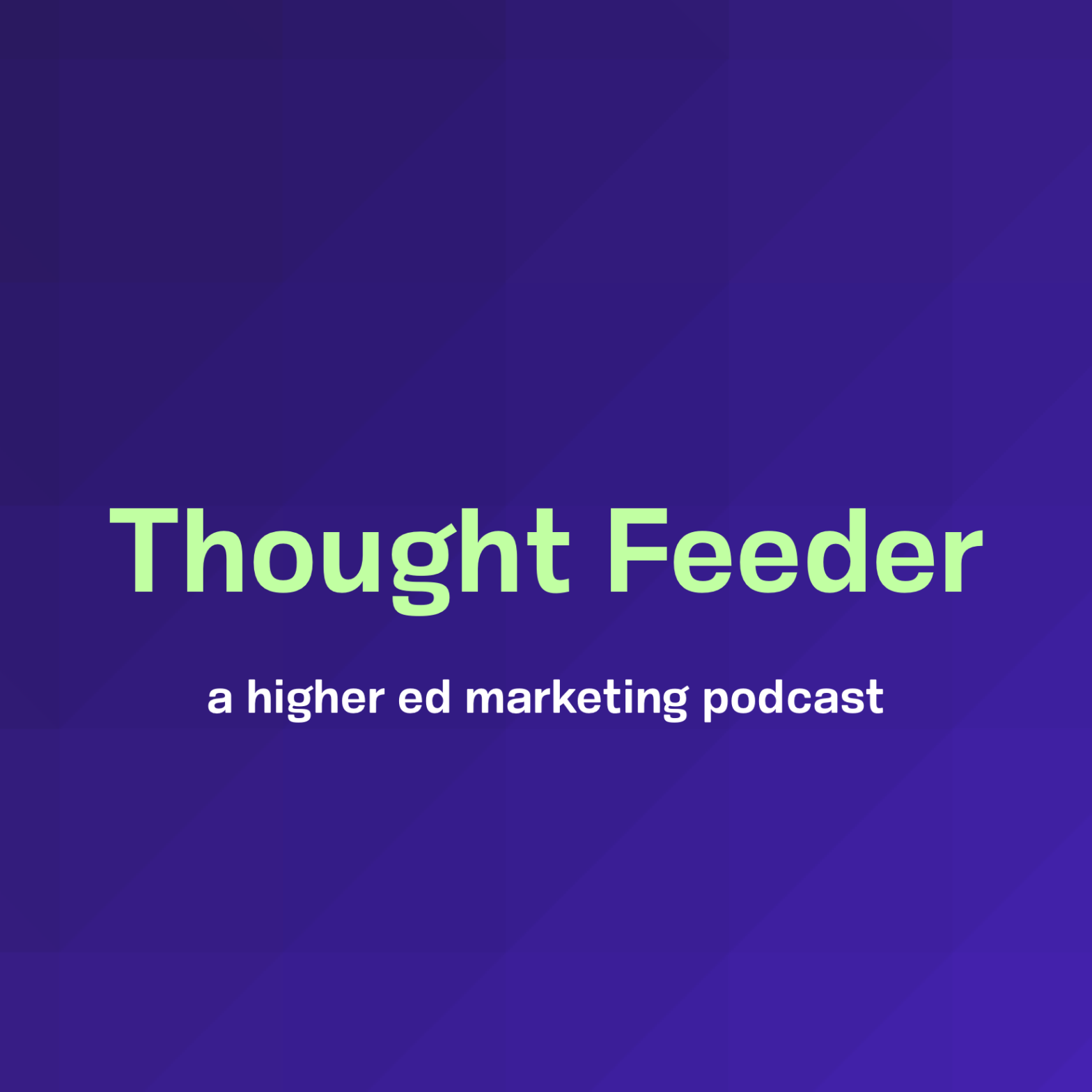
Episode 23: Higher Ed Marketing Mailbag
Joel Goodman
Sponsored by Podium Education. Thought Feeder’s first mailbag episode where Jon-Stephen Stansel and Joel Goodman answer listener questions. This episode covers governance, accessibility, and workplace politics.
-
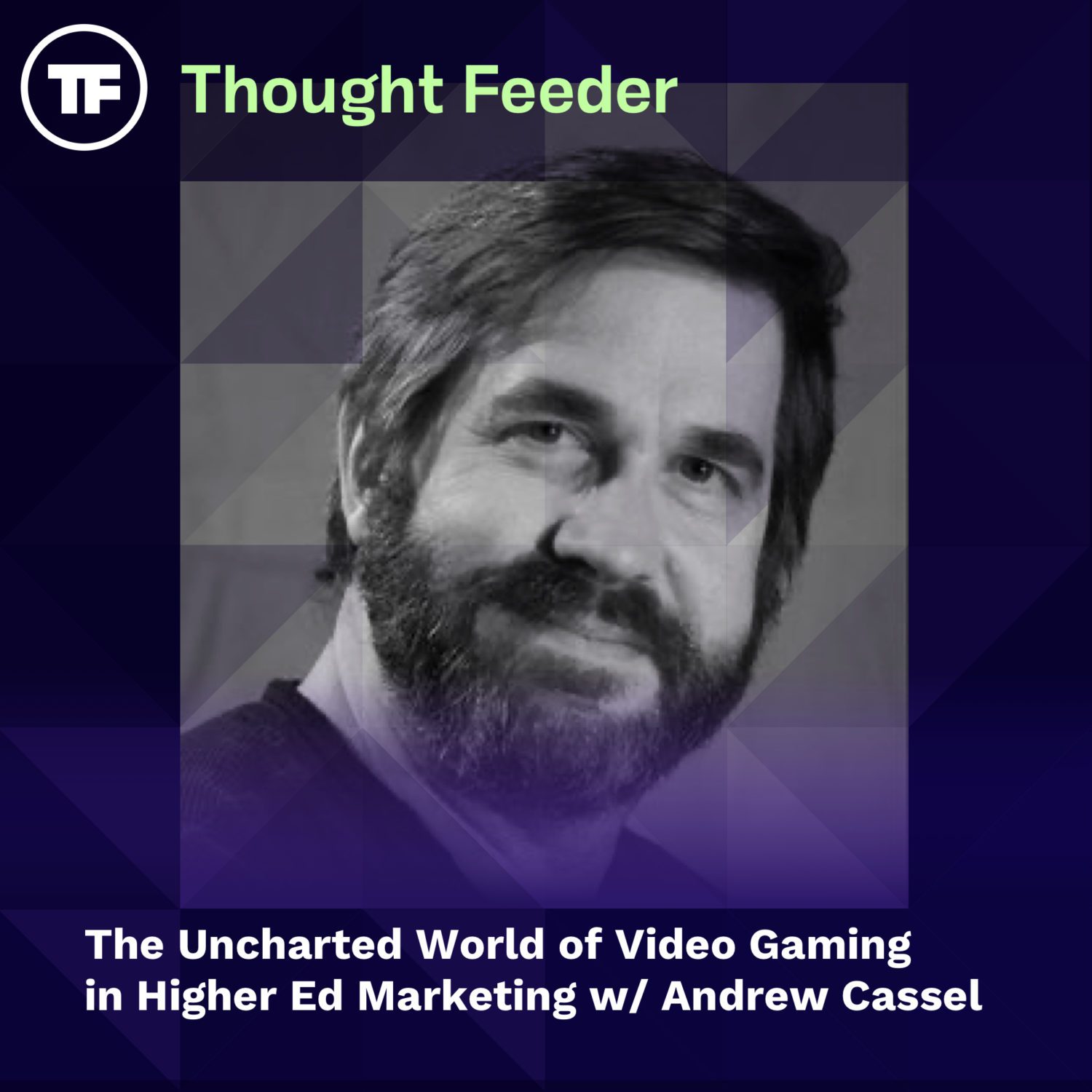
Episode 22: The Uncharted World of Video Gaming in Higher Ed Marketing
Joel Goodman
Can video gaming and the popularity of live-streaming games be used in higher ed marketing? Andrew Cassel talks us through leveling up our marketing skills.
-
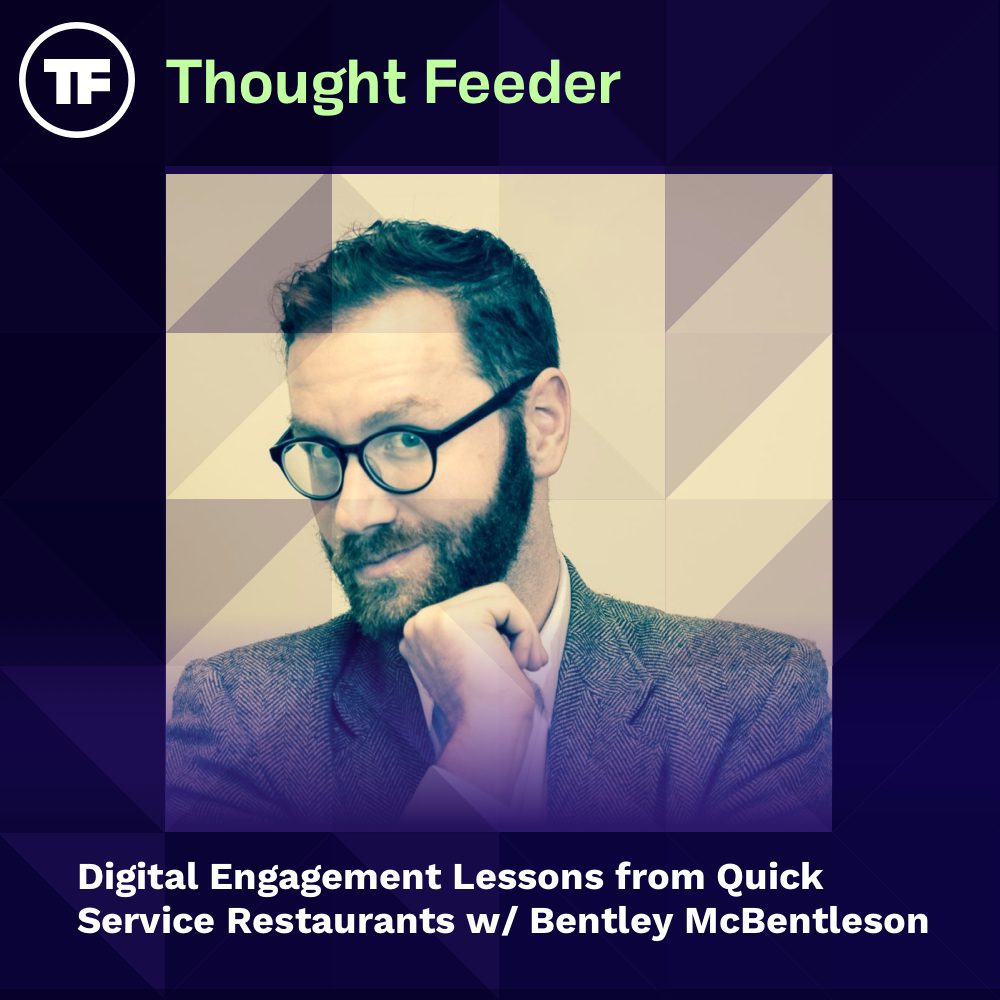
Episode 21: Digital Engagement Lessons from Quick Service Restaurants
Joel Goodman
This episode features Bentley McBentleson, Digital Marketing Director for Long John Silver’s. The discussion takes a deep-dive into social media practices, finding your brand voice, and how engaging content can build affinity with brand audiences. What can higher ed learn from fast food marketing? A ton, it turns out.
-
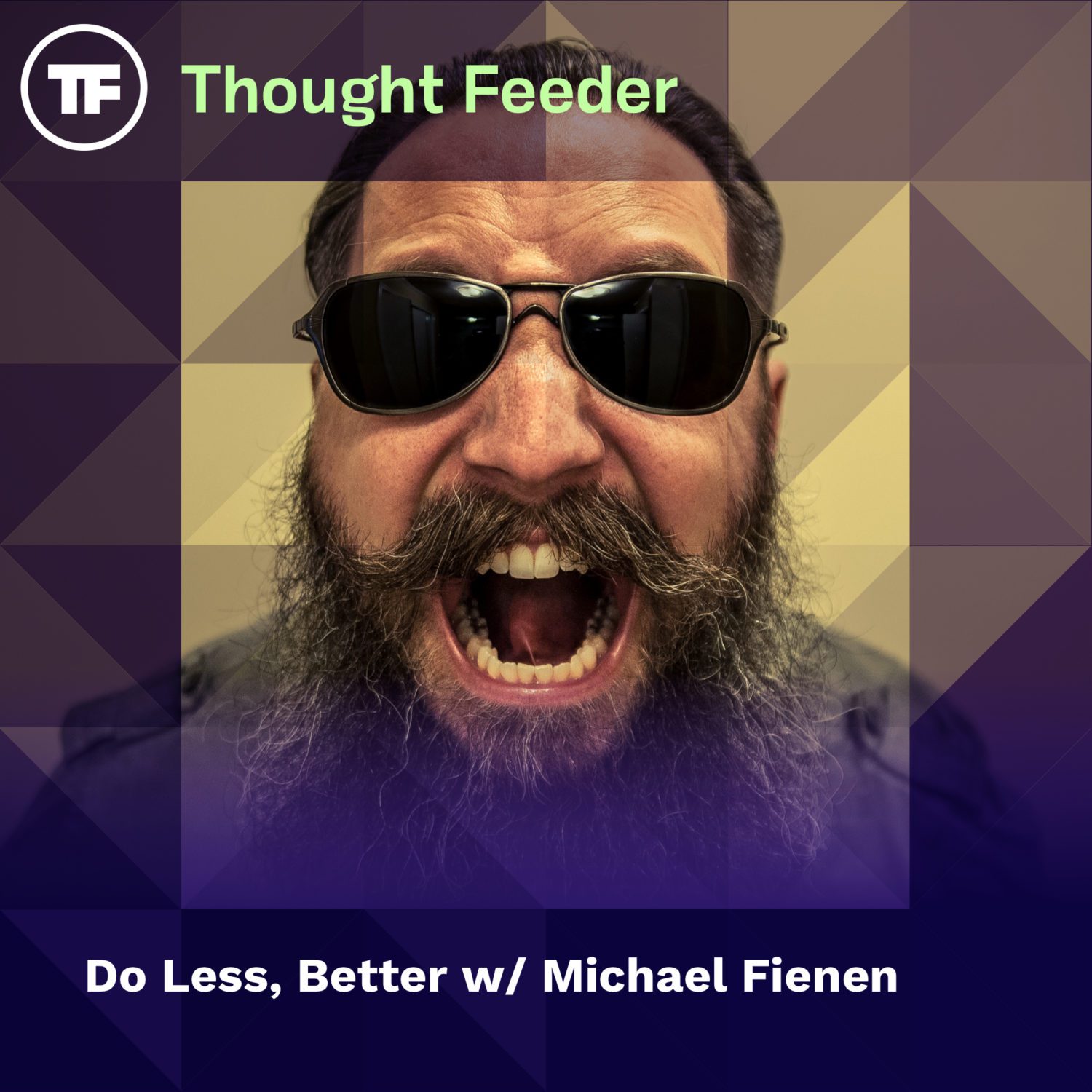
Episode 17: Do Less, Better
Joel Goodman
Michael Fienen, host of the Drunken UX Podcast and CTO of nuCloud joins Joel and J.S. to talk about how a better focus on the most valuable pieces of marketing could produce radical change in higher education.
-
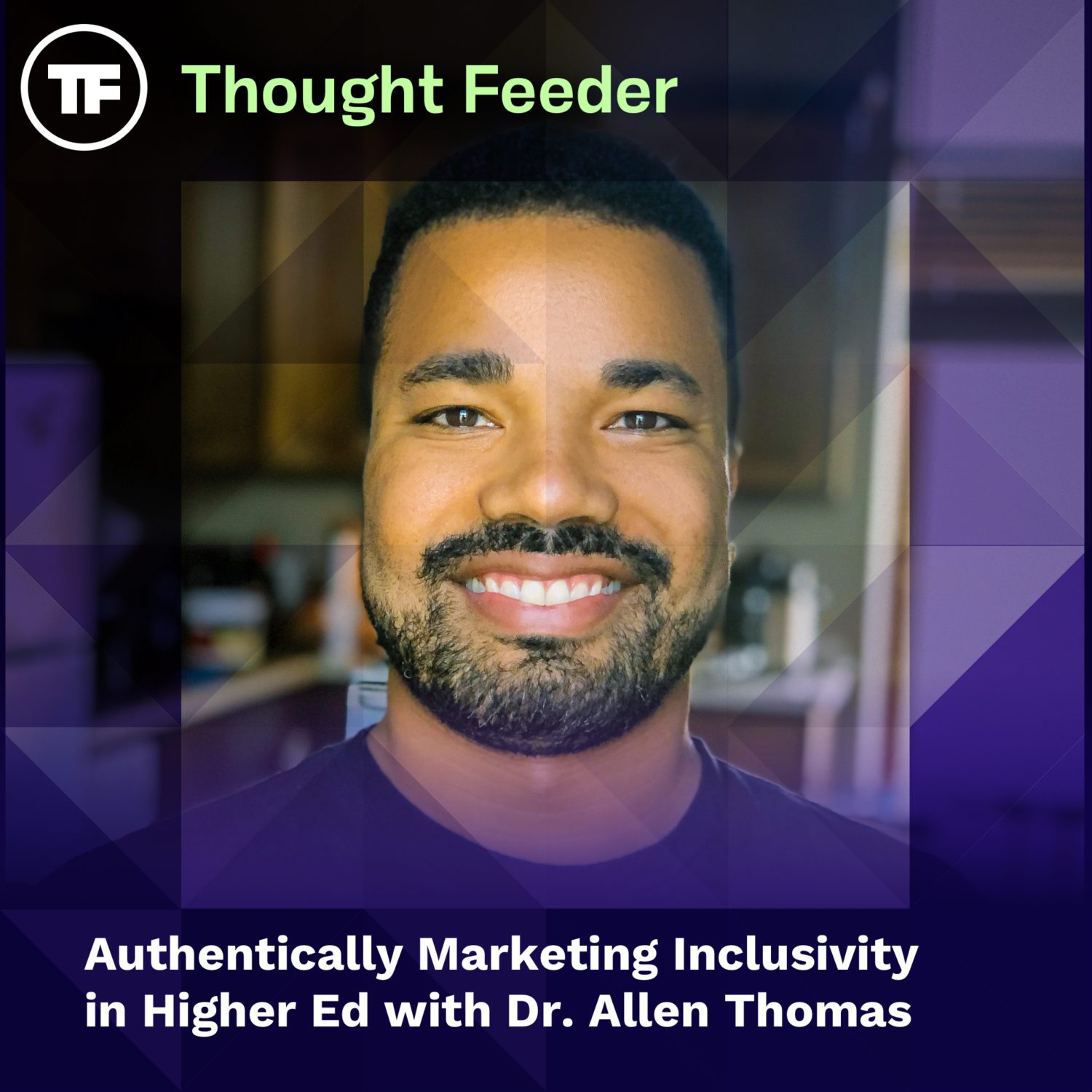
Episode 16: Authentically Marketing Inclusivity in Higher Ed
Joel Goodman
Dr. Allen Thomas joins J.S. Stansel and Joel Goodman to talk about what true diversity and inclusion can look like in higher education marketing. In this episode, we talk about the balance between authenticity and aspirational marketing when it comes to inclusivity.
-

Episode 9: Higher Ed Homogeneity
Joel and J.S. discuss the sameness of marketing, design, and website user experiences across higher education and try to suss out ways to inject new life and variety into how we market our colleges and universities.
-

Episode 6: Crafting a Culture of Accessibility
Joel and J.S. are joined by accessibility advocate E. F. Boltz to talk about how higher education can build accessibility into social media and web content processes by creating a culture of inclusivity. Insights on this episode of Thought Feeder cover working with university leadership, dealing with technology platforms, and keeping the focus on your…
-
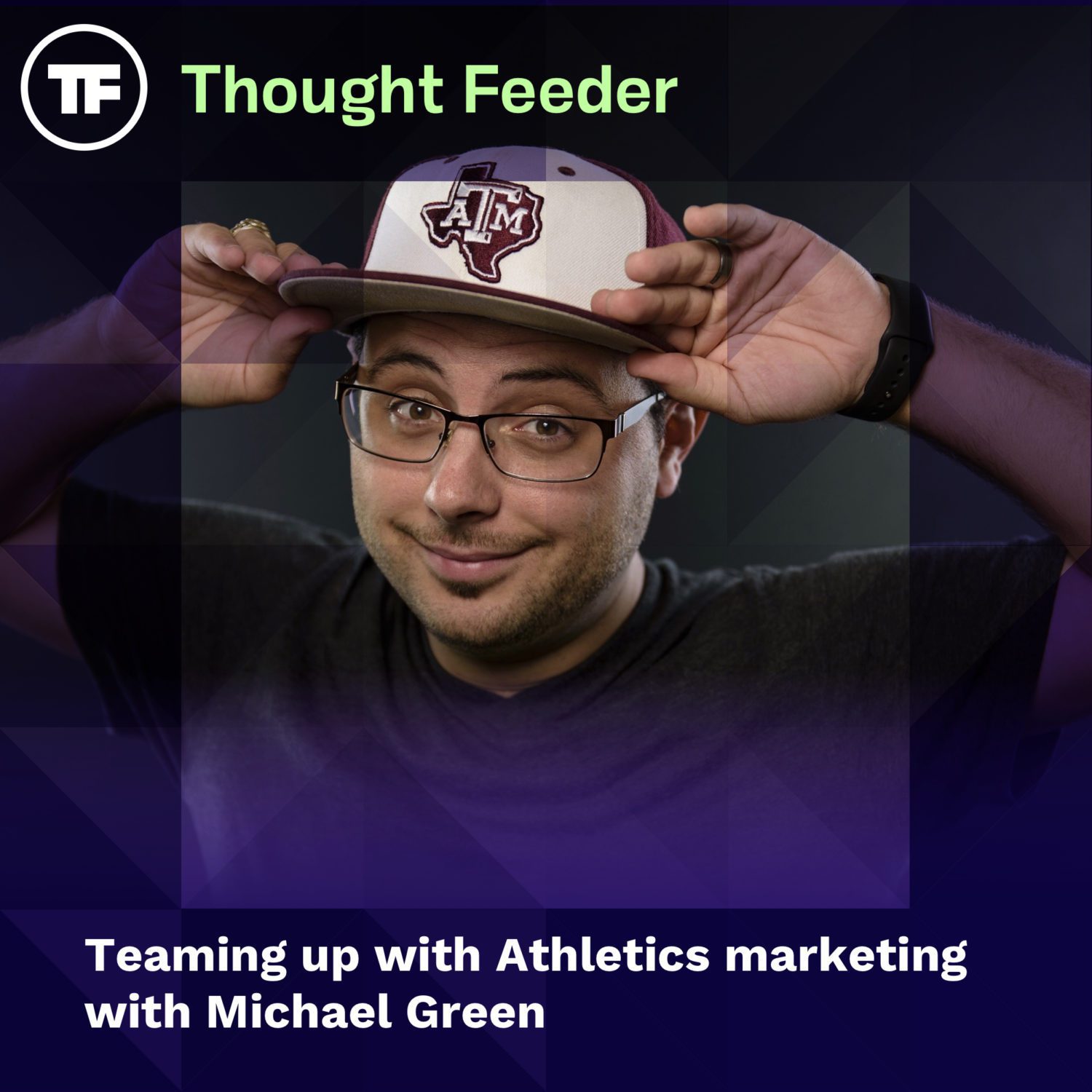
Episode 5: Teaming up with Athletics Marketing
Joel and J.S. are joined by Michael Green from Texas A&M University to talk about how University Marketing can better work with Athletics Marketing offices. Come for the good advice, stay for conversations about identity and the role of athletics in building a campus culture.
-

Episode 4: Virtual Insanity
In this episode, Jon-Stephen Stansel and Joel Goodman talk about the importance of using clear language when marketing in higher education. We ask the question, “Are we paying attention to the language we use and what it communicates to our students and prospective students?”
